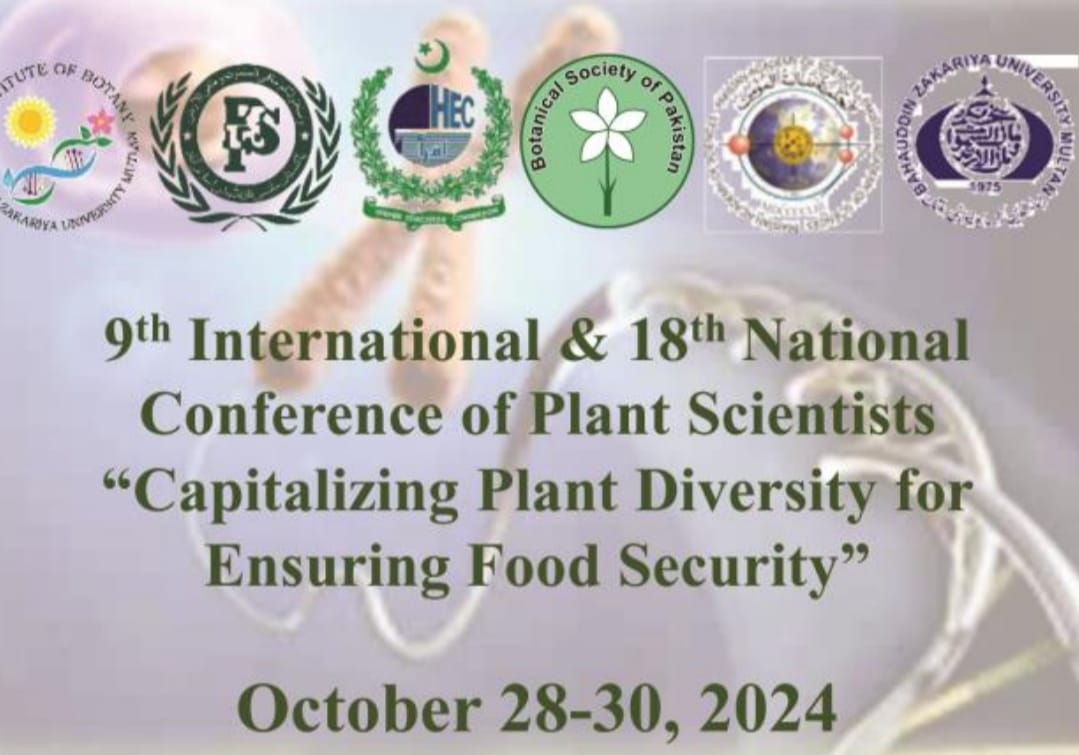PJB-2024-430
Effects of Seed Amounts and Fertilizer Type on the Quality of Husked Wheat Gacer (T. turgidum subsp. dicoccum)
Sancar BULUT
Abstract
Evaluating the quality parameters of Gacer wheat is of great importance to solve the problems in the cultivation of Gacer wheat and to popularize its cultivation. In this purpose, the effects of 5 different seedling rates and 5 different fertilizer types on some quality criteria of Gacer wheat were determined. The experimental design was a randomized block design with 3 replications. As the average of years and seeding rates; hectoliter weight was 77.7 kg, hulled grain crude protein ratio was 14.6%, hulled grain crude protein ratio was 10.8%, grain crude ash ratio was 1.6%, hulled grain crude ash ratio was 3.45%, acid detergent fiber (ADF%) ratio was 19.5%, neutral detergant fiber (NDF%) was26.9% and crude fiber ratio was 8.14%. In terms of fertilizer types, the average of crop years and fertilizer types hectoliter weight was 75.1 kg, hulled grain crude protein ratio was 15.6%, hulled grain crude protein ratio is 11.8%, grain crude ash ratio was 1.62%, hulled grain crude ash ratio is 3.50%, acid detergent fiber (ADF%) ratio is 18.9%, neutral detergant fiber (NDF%) was determined as 26.2% and the crude fiber ratio was 8.57%. As a result of the research, it has been revealed that seedling rates and fertilizer types significantly affect the quality parameters of Gacer wheat, and it can be said that Gacer wheat can be grown by planting after vetch green manuring in a seedling rate of 20 kg/da, taking into account its suitability for organic farming conditions in Central Anatolia and similar ecologies.
To Cite this article:


